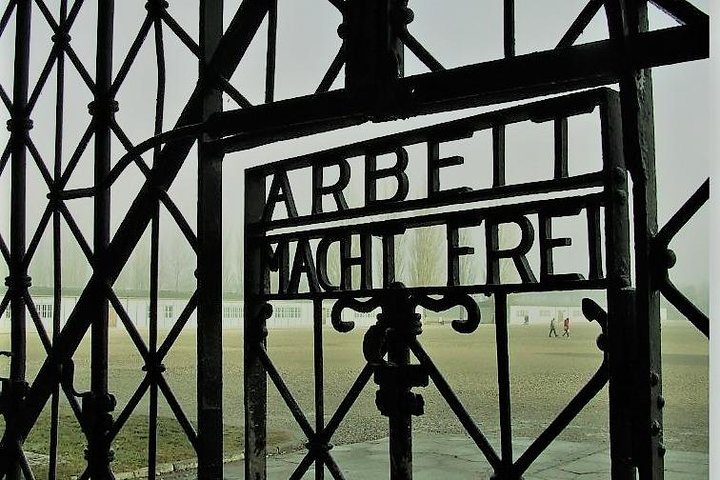Exploring the Historical Depths of Berchtesgaden and the Eagle’s Nest
Drawn by the historical allure of Berchtesgaden and the Eagle’s Nest, I embarked on a journey from Munich to explore this enigmatic mountain retreat. Join me as I delve into the remnants of the Nazi regime amidst the breathtaking beauty of the Bavarian Alps.
A Journey Through Time: Munich to Berchtesgaden
The allure of the Bavarian Alps has always been irresistible to me, and the opportunity to explore the historical depths of Berchtesgaden and the Eagle’s Nest was one I could not pass up. As a former professor of European history, the chance to delve into the remnants of the Nazi regime’s mountain retreat was both a professional curiosity and a personal pilgrimage.
Our journey began in Munich, a city steeped in history and culture. Our guide, Katharina, was a fountain of knowledge, her enthusiasm infectious as she regaled us with tales of Munich’s past. From the city’s founding to its architectural marvels, she painted a vivid picture of the region’s rich history. Her insights into the Nazi regime and the Eagle’s Nest set the stage for what was to come.
The drive along the German Alpine Road was nothing short of spectacular. The scenic valleys and towering peaks of the Alps unfolded before us, each turn revealing a new vista more breathtaking than the last. It was a reminder of the natural beauty that has long captivated travelers to this region.
The Eagle’s Nest: A Historical Enigma
Arriving at Obersalzberg, we transferred to a special bus that would take us up to the Eagle’s Nest. The journey was an experience in itself, the bus winding its way up the mountain, offering glimpses of the stunning landscape below. The final ascent was made via an elevator tunneled through the rock, a feat of engineering that spoke to the ambition of its creators.
Standing atop Mt. Kehlstein, the Eagle’s Nest offers views that are nothing short of awe-inspiring. The panorama of the Alps stretched out before us, a testament to the natural grandeur of this region. It was here, amidst the beauty of the mountains, that the weight of history was most keenly felt. The Eagle’s Nest, with its sparse remnants of the past, serves as a stark reminder of the regime that once held sway over Europe.
While the physical traces of history are few, the significance of the site is undeniable. The fireplace, one of the few remaining artifacts, stands as a silent witness to the events that unfolded here. The presence of a man in traditional lederhosen, playing the accordion and yodeling, added a touch of Bavarian charm to the experience, a reminder of the region’s enduring cultural heritage.
Reflections at the Documentation Center
After our visit to the Eagle’s Nest, we had time to explore the Dokumentationszentrum Obersalzberg. This museum offers a comprehensive look at the Nazi regime, from its rise to power to its eventual downfall. The exhibits are a sobering reminder of the past, with displays on persecution, propaganda, and the machinery of indoctrination.
For those with a keen interest in history, the documentation center is a treasure trove of information. I was particularly struck by the exhibits on the Volksempfänger, the people’s radio, and the recordings of Hitler’s speeches. These artifacts bring to life the propaganda machine that was so central to the regime’s control.
The center also offers insights into the local history of Berchtesgaden and the Eagle’s Nest, with photographs and documentaries that provide a deeper understanding of the area’s past. It was a fitting conclusion to a day steeped in history, a reminder of the importance of remembering and learning from the past.
As we made our way back to Munich, Katharina continued to share her knowledge, offering recommendations for further exploration in the city. Her passion for history and her dedication to her role as a guide made the day truly memorable. This journey to Berchtesgaden and the Eagle’s Nest was not just a tour, but a profound exploration of history, culture, and the enduring beauty of the Bavarian Alps.















































